HMS Victory Ship in XO bt XON-VB
Call nowLiên hệ
-
SẢN PHẨM làm thủ công 100%
-
GIÁ BÁN tốt nhất giành cho bạn
-
LẮP ĐẶT đơn giản và có hướng dẫn
-
VẬN CHUYỂN trong nước và quốc tế
-
PRODUCT 100% handmade
-
PRICE best for you
-
ASSEMBLY simple and guided
-
SHIPPING domestic and international
0902 867 759 Please SCAN below QR codes or connect us via Zalo/WhatsApp:
(+84) 902 867 759

|

Zalo |
|---|
Ship In Bottle
The ship in a bottle is one of the classic items of nautical décor, as much fun and mystery as it is remarkable craftsmanship.
Beautiful and detailed, ship in bottle always gives us great interesting feelings. All the parts are carefully designed and put inside a bottle
It is a great gift for friends, family, clients or colleagues
*******************************
Highlights of this product:
- Made of real glass bottles
- Bottle base made of coconut wood, through pre-construction inspection to ensure that it does not crack under any climatic conditions.
- Handcrafted wooden hull and masts
History of Hms Victory
HMS Victory is a 104-gun first-rate ship of the line of the Royal Navy, laid down in 1759 and launched in 1765. She is most famous as Lord Nelson’s flagship at the Battle of Trafalgar in 1805.
227 feet long, Victory was equivalent to a WWII battleship with 5 decks. She was the first that had three gun decks. After six years of construction, Victory was launched in 1765 with a complement of 850 sailors. Her construction took 6,000 oak trees. This equates to 100 acres of woodland. Hull thickness at waterline is 2 ft. She cost 63,176 British pounds to build—an equivalent to the cost today of an aircraft carrier.
Victory was essential to Britain’s continued superiority on the high seas during the Napoleonic Wars. She was the legendary flagship of Admiral Horatio Nelson against France and Spain alliance in the famous Battle of Trafalgar in 1805. It was this naval battle that changed the course of Napoleonic Europe. Britain would rule the seas uncontested for a century.
Until the Battle of Trafalgar, it had been the custom for fleets to do battle by sailing past or alongside each other in two parallel lines. Nelson completely break this tradition. He divided his fleet into two groups that would attack the enemy at right angles, breaking through the French and Spanish lines and cutting off their retreat. This aggressive strategy would forever change the course of naval warfare.
The English fleet sailed toward the enemy, who fired the first shot at the Royal Sovereign at noon. Because the ships were perpendicular to each other, for the twenty agonizing minutes it took to reach the enemy lines, the lead ships of the two British attack groups were forced to endure continuous fire in silence. Then the Royal Sovereign drew astern of the Spanish three-decker Santa Anna, raking her decks with a murderous double-shot volley that killed and wounded 400.
| Material, substance | Wood |
|---|---|
| Origin | Hoi An city – Viet Nam |
| Size | 23.5L x 9W x 17H (cm) / 9L x 3.5W x 6.5H (inches) |

 Tiếng Việt
Tiếng Việt
 New model ships
New model ships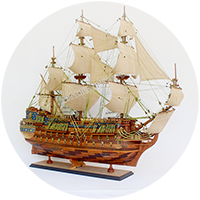 Tall ships
Tall ships Sailing boats
Sailing boats Model yachts
Model yachts Pirates of the Caribbean
Pirates of the Caribbean Speed boats
Speed boats Cruise ship
Cruise ship Small size battleships
Small size battleships Small size merchantships
Small size merchantships Large models
Large models Ship in a light bulb
Ship in a light bulb Ship in a bottle
Ship in a bottle Motorbike & Airplane
Motorbike & Airplane Other decorations
Other decorations







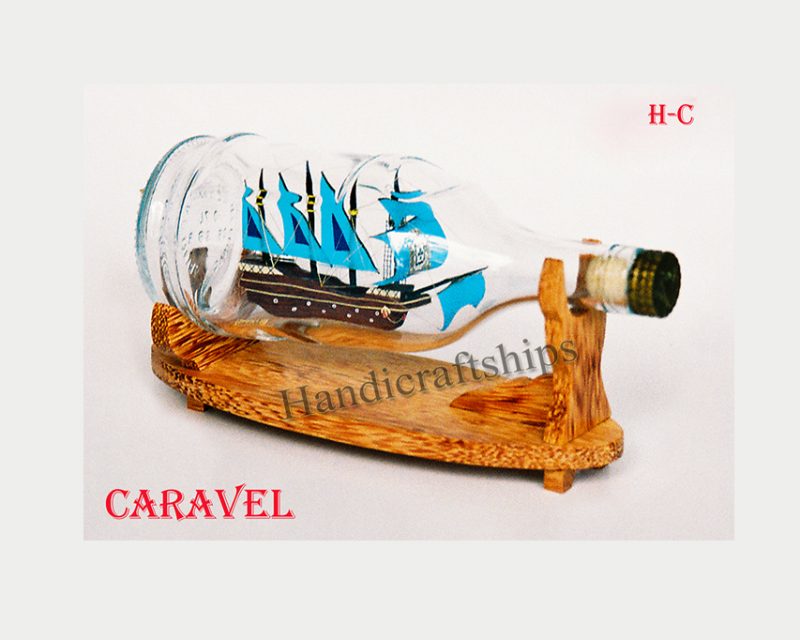










 Pirates
Pirates










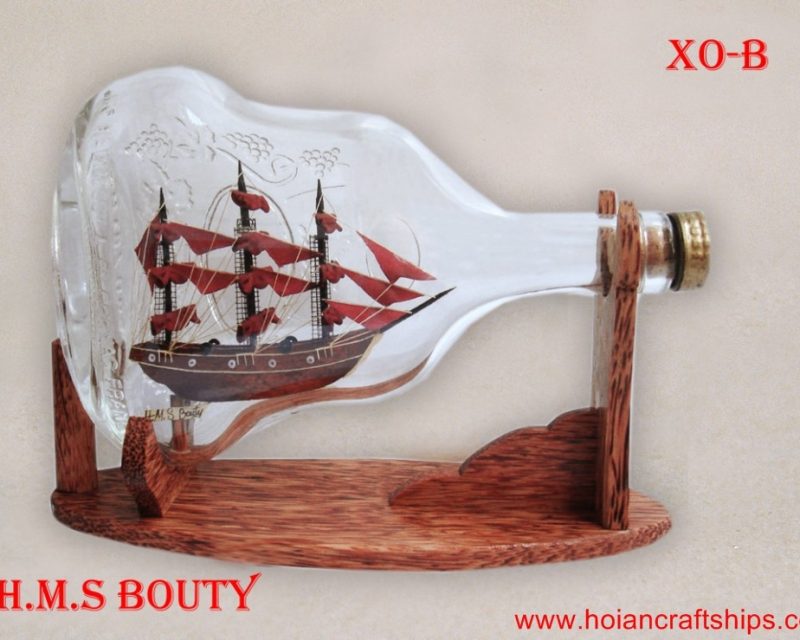





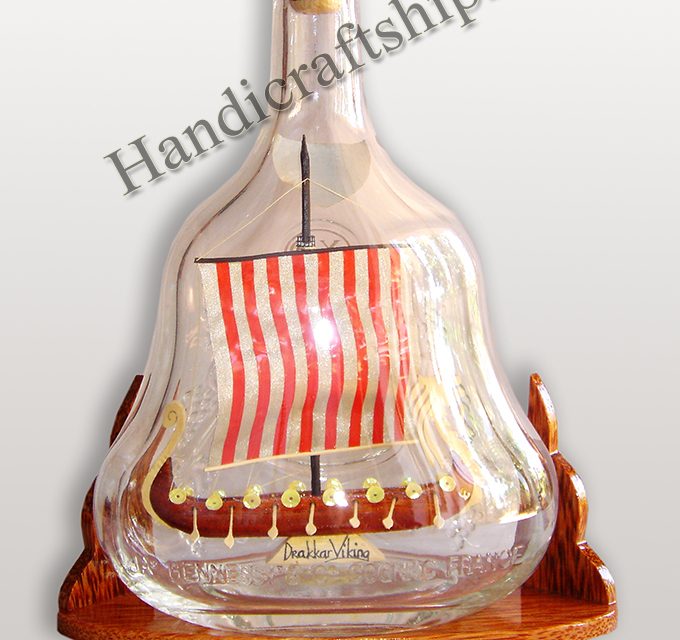




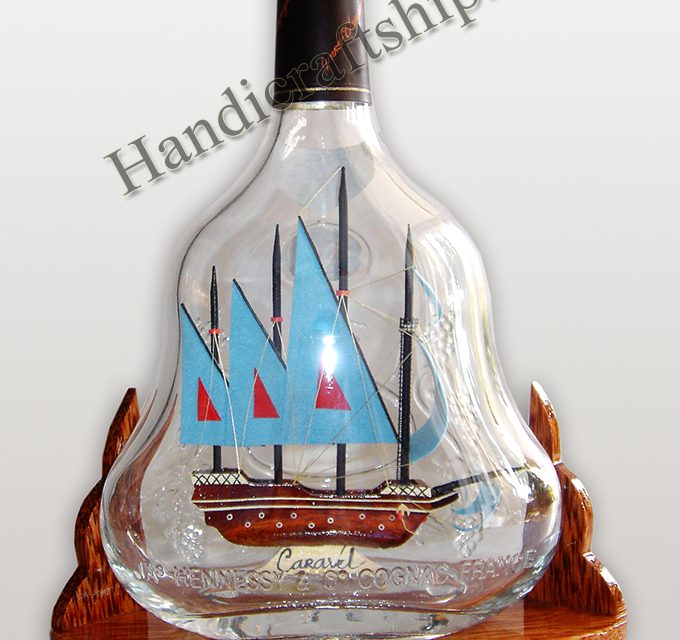
Reviews
There are no reviews yet.